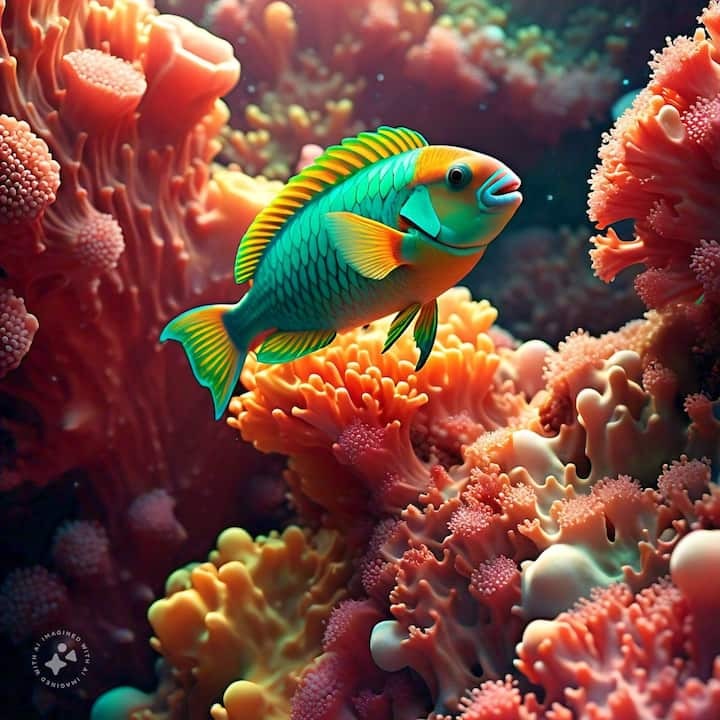
This fish has a parrot-like beak, attractive color, very strong teeth and it can also change its color, know about it

It is said that if you like colours then go see the marine life. The creatures here show an amazing combination of genes. Here you get to see so many colourful animals that it is hard to believe. One of them is the parrot fish. Their shape and size make them look like fish, otherwise their colour and beak-like mouth gave them this name.
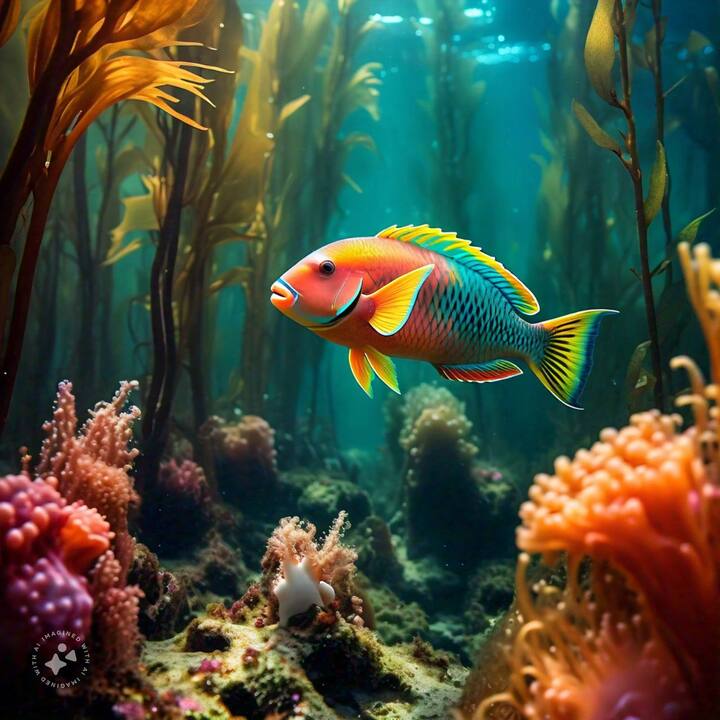
Parrot fish live in coral reef habitats. There are 80 species of fish found in these shallow waters. Most of these are found in the Pacific Ocean. Vasyak fish can be up to 4 feet in length. Their main food is coral and algae or moss deposited on it, which their strong beaks help them eat.
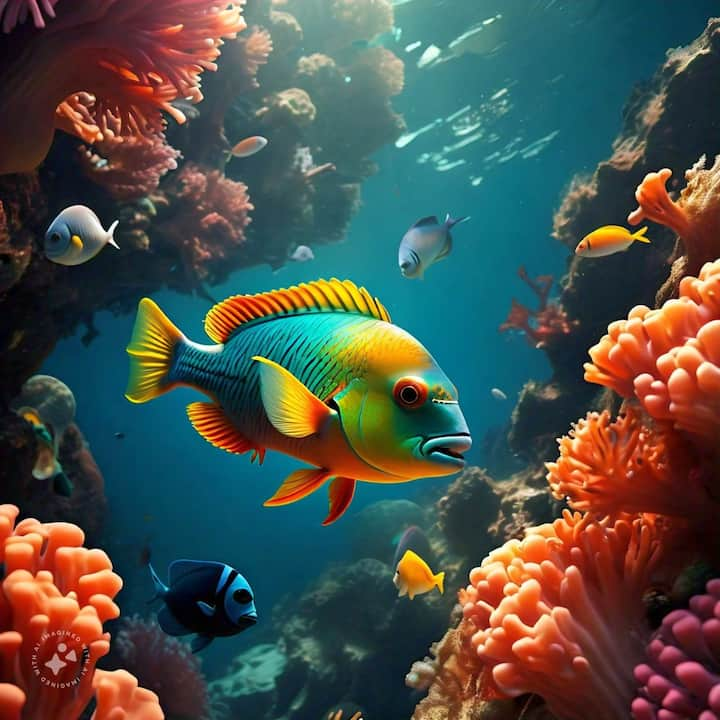
Parrotfish can change color at will. They can adopt different patterns to blend in with their surroundings and go unnoticed. The truth is that identifying them can be quite challenging as their size, color and markings change drastically as they go through different stages of growth. They start out as shy and discreet little fish. Then their bright colors start, later becoming one of the most colorful and dazzling fish.
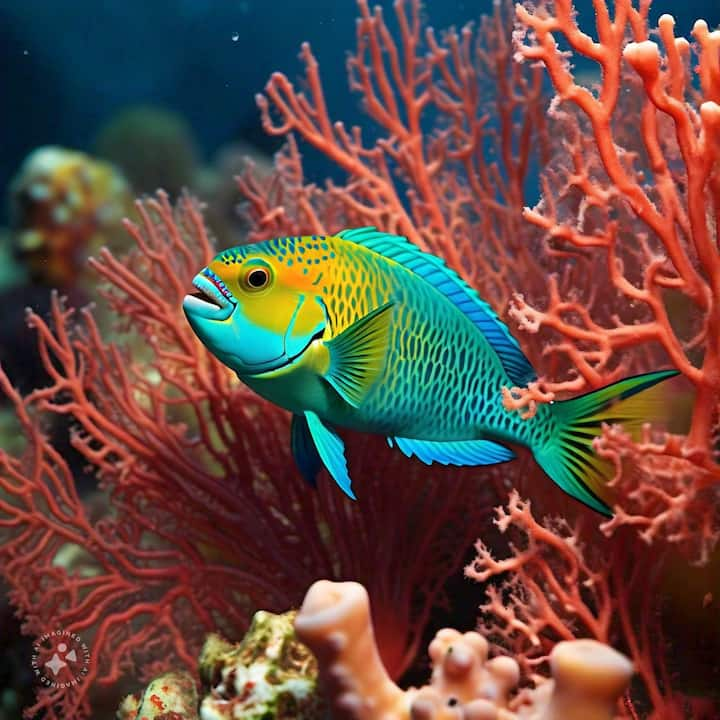
Although parrotfish teeth may not look very strong at first glance, they are some of the strongest teeth in the world. These teeth are made of fluorapatite, one of the strongest biominerals in the world. They are not only harder than silver or gold, but can withstand a lot of pressure and their teeth are very strong. Each parrotfish has about 15 rows of 1,000 teeth that are fused into a shape that forms their trademark beak.
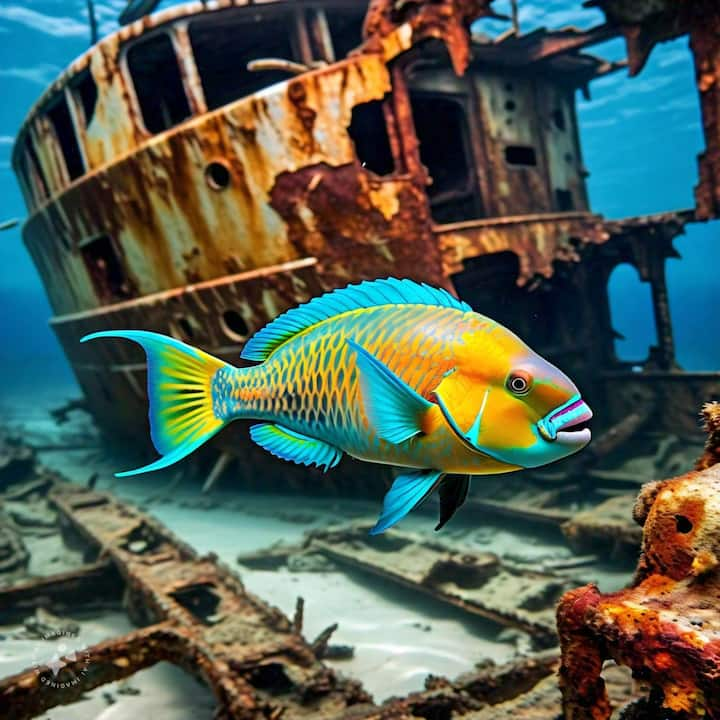
These hungry coral-munching fish eat so much coral every day that they also produce a lot of feces. What is left during excretion is sand. Scientists estimate that a large parrotfish can excrete hundreds of kilograms of sand a year. Parrotfish feces play an important role in maintaining healthy coral reef habitats, replenishing nutrients as well as controlling algae growth.
 look news india
look news india